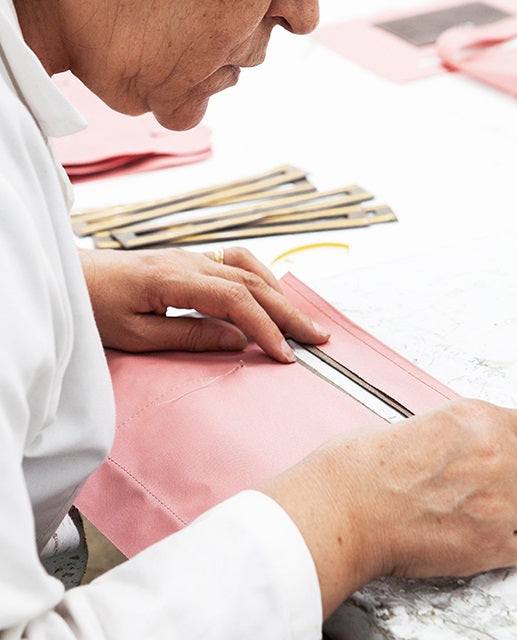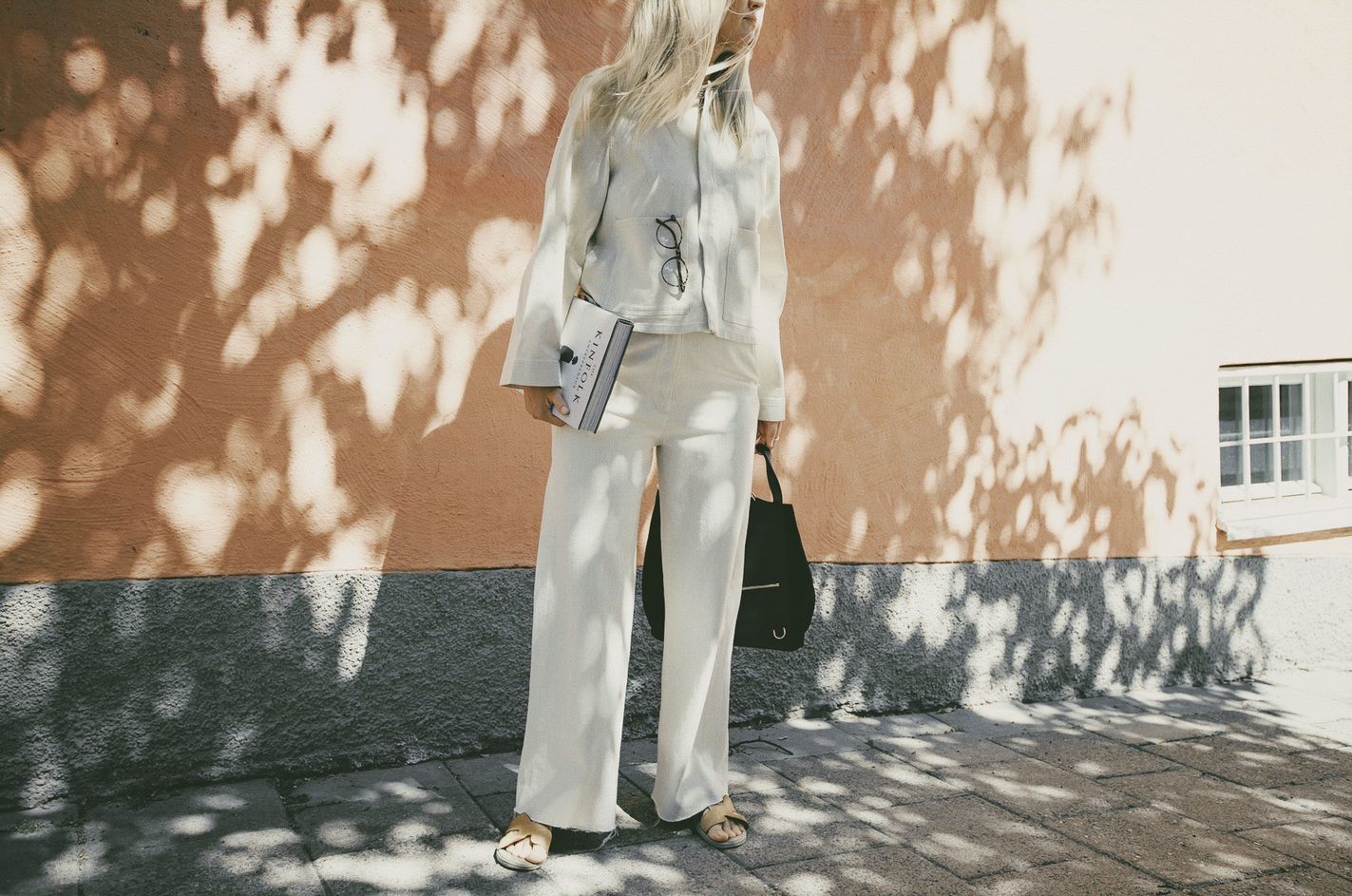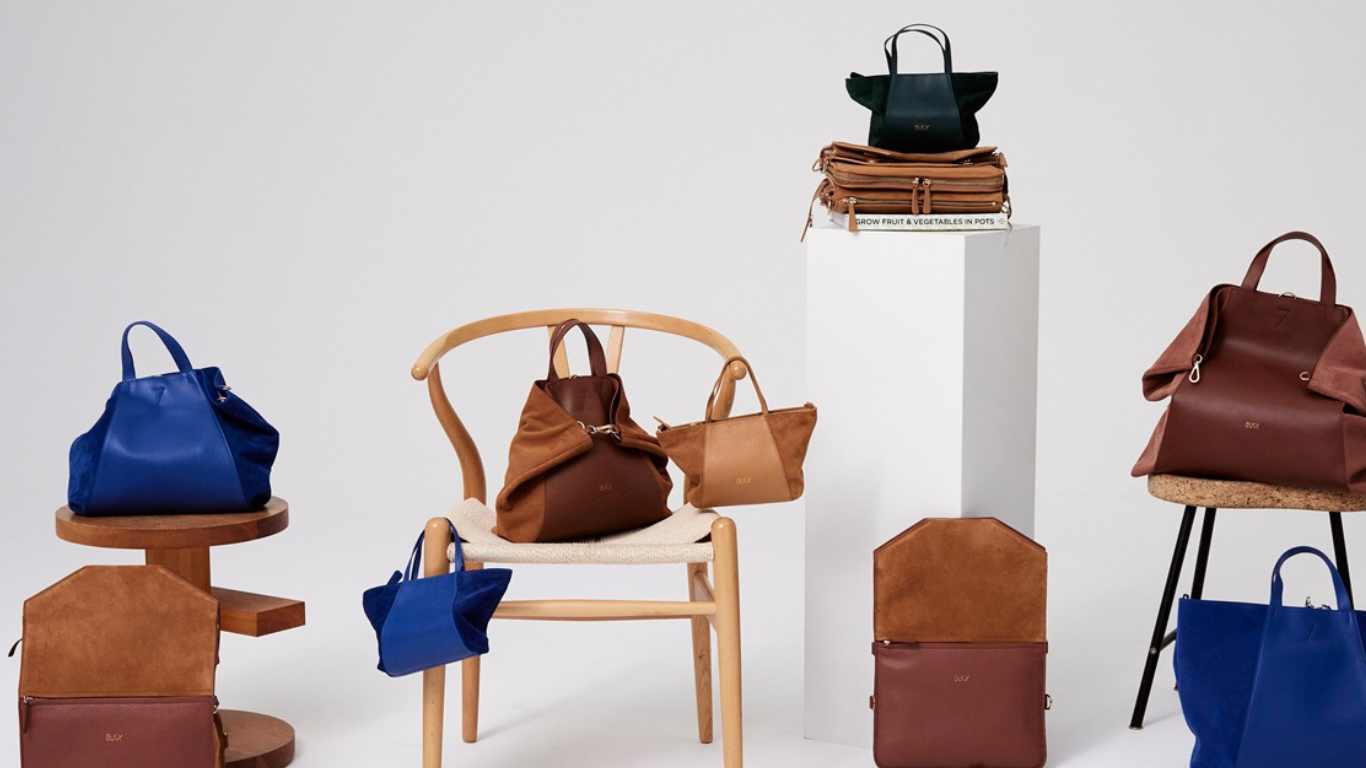
How we work with Leather
Our items are produced in our carefully selected studios in Portugal and Spain where people work under good circumstances and for fair pay. We only use European-sourced leathers which means that the animals have lived and been handled after EU's standards. No dangerous chemicals have been used and the process is carefully supervised and controlled.
There are many ways how to work in sustainable ways. For us, sustainability regarding leather – or what we like to refer to as Slow Fashion – includes:
- We only use high-quality Europe-sourced leather. Big parts of "European leather" is actually not from animals that have lived in Europe. Instead, it comes from other parts of the world where EU rules and policies don't apply.
- We collaborate with studious that has established nice working conditions for their workers and where we easily can visit when we need to
- Our leathers are rest-products from the European meat industry
- We don't use leather that has been tanned with any dangerous kind of toxic. Our non-vegetable collections are still safely produced in closed systems not to damage our environment or the people working with the materials.
We met up with Johanna Andersson from Make it Last for a chat on leather, sustainability, and ethical production. Below follows a short re-cap (read the full interview here, Make it Last + Bukvy):
Johanna: We can’t help but ask, the leather industry is one of the most polluting in the world. What are your thoughts on this?
– A big part of the industry really is terrible, but not all of it. What makes the difference is if chemicals are used in the tannery process, and if so, what kind of chemicals those are and how these are handled and disposed of.
– But it’s not all black or white. The better kinds of chrome, for example, are not harmful. If the tannery is serious and European, they take care of the chrome so it doesn’t harm the environment. Sometimes, using minimal amounts can even be a good thing, as it makes the leather more durable and long-lasting, which is more sustainable in the long run.
– We’re always very conscious about all parts of the production process and have established relationships with partners that understand what is important to us: people, animals, and our environment. Our choice to work with leather was not an easy one, but since high-quality leathers are extremely durable, and durability is an important thing when it comes to making the world more sustainable, we do feel true and honest to our brand.
Johanna: Where do you source the leathers you work with today?
– Tracking the leather source is another difficult thing. We have chosen to work exclusively with European leathers, as EU regulations prohibit the harmful types of chrome. But even here, it’s easy to get fooled or miss a checkpoint if you’re not careful.
– Today, we’re in direct contact with the tanneries instead of just the studios or factories. We always ask for the actual leather source—not only if it’s European. It’s important to be involved in the entire production circle, even if it takes more time and sometimes slows down the process.
Johanna: What is “organic leather”, and why is it better?
– 100% organic or vegetable-tanned leather is tanned without any kinds of chrome or other toxins. Instead, it may be tanned with for example bark or olive leaves. It’s often a much slower process, which creates a very nice patina and takes months to finish.
Never hesitate to ask us questions abut how we work and why. Just send us an email or DM at Instagram
Love,
Elena



